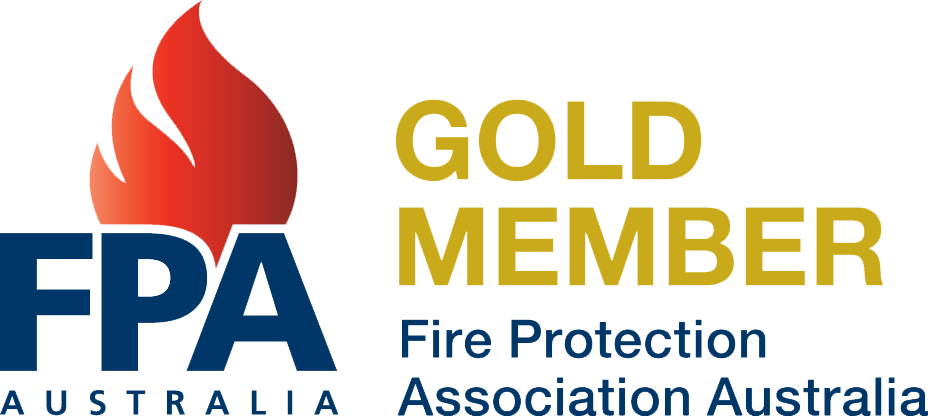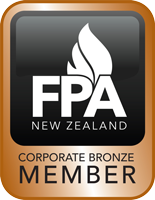Every responsible business (and building) owner should have an evacuation plan in place and be conducting regular emergency evacuation training.
Just a few months ago Australia was in the grips of its worst bushfire season on record. Now more than ever it’s vital to have a clear and concise bushfire plan in place – even if you think you’re out of the danger zone.
A bushfire response and emergency plan will form part of the wider emergency response measures. There are several key components:
In the process it’s prudent to check fire protection equipment has recently been inspected, first aid kits are well stocked, emergency exit lighting is operational and exit routes are unobstructed.
Not sure where to start? Get in touch with us for help assembling a tailored emergency evacuation plan that covers all the bases and keeps your people safe.
Once your emergency response measures are in place, it’s time to test them. Emergency evacuation training has two main benefits:
We recommend conducting emergency exit drills every 6 months at least. In the lead-up to fire season it’s also prudent to brief staff on special bushfire response plans, including:
If recent events have taught us anything, it’s impossible to predict how a fire is going to behave. However with the right preparation and regular training, you can rest assured employees and visitors will be safe in case of a bushfire threat.
Good work getting your emergency response plan ready – but remember it’s only useful if it remains up to date. On top of regular evacuation training, here’s how to maintain effective fire protection measures:
And finally, make sure to stay informed by subscribing to alerts from the relevant fire authorities. Taking steps to protect your property (and yourself) early, including putting together an emergency response kit, could mean the difference between safety and danger in a bushfire emergency.
Fire Safe ANZ are the first port of call for emergency response planning, including emergency evacuation training, customised response plans, and fire protection equipment certification.
If you’re thinking ahead to next bushfire season, reviewing emergency readiness, or starting from scratch with a new building and want to make sure you have the best systems in place, give us a call today.


